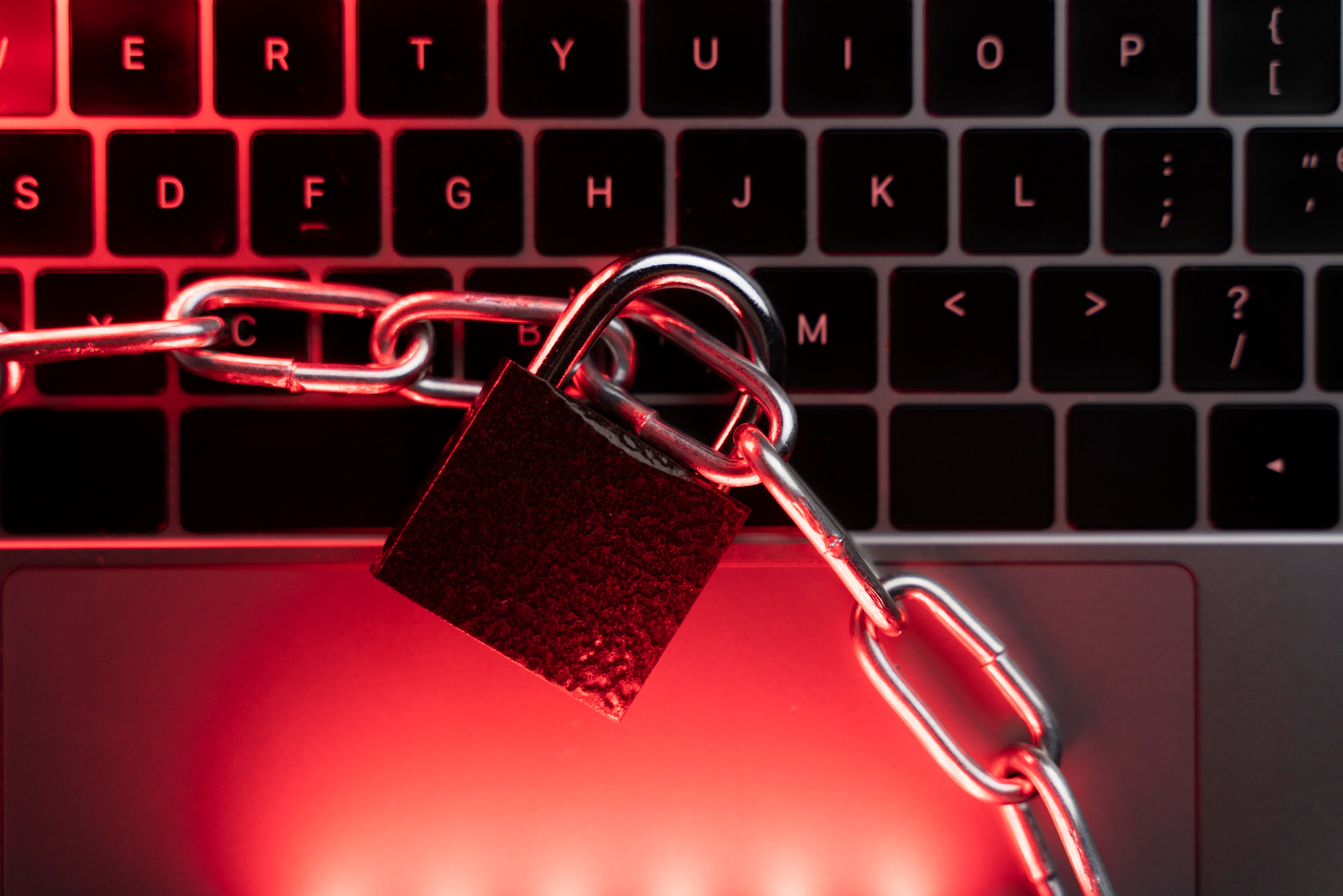In an age where cyber threats are more sophisticated than ever, staying safe online requires more than just common sense—it demands accurate knowledge. Unfortunately, many people still rely on outdated or incorrect beliefs about cybersecurity. These security myths can create a false sense of safety and leave you vulnerable to attacks ranging from identity theft to ransomware.
Here are some of the most dangerous security myths—and the truth you need to protect yourself.
Myth 1: “Strong Passwords Are Enough”
The Reality:
Strong passwords are important, but they’re no longer sufficient on their own. Password databases are regularly breached, and sophisticated phishing scams can trick even cautious users into handing over login credentials.
What to Do Instead:
Always enable multi-factor authentication (MFA). Even if your password is compromised, MFA adds an extra layer that can stop attackers from accessing your accounts.
Myth 2: “I Don’t Have Anything Worth Stealing”
The Reality:
Everyone has something cybercriminals want—whether it’s your identity, financial data, email account, or access to your employer’s systems. Criminals can also use your computer in botnets or as a launch point for further attacks.
What to Do Instead:
Recognize that every internet user is a potential target. Secure your accounts and devices as if you do have something valuable—because you do.
Myth 3: “Antivirus Software Will Catch Everything”
The Reality:
Antivirus software is a helpful tool, but it’s not foolproof. Many modern threats—like phishing links, zero-day exploits, and social engineering—can bypass traditional antivirus protections.
What to Do Instead:
Use a layered defense strategy: update software regularly, use a firewall, enable MFA, avoid suspicious links, and stay informed about new threats.
Myth 4: “Public Wi-Fi Is Safe If It Has a Password”
The Reality:
Even if public Wi-Fi requires a password, it’s still shared by everyone connected to the network. Attackers can intercept your data using man-in-the-middle attacks or spoofed hotspots.
What to Do Instead:
Avoid accessing sensitive data on public Wi-Fi. Use a VPN (Virtual Private Network) to encrypt your traffic when you’re on unsecured networks.
Myth 5: “Macs (or iPhones) Don’t Get Viruses”
The Reality:
While Apple devices are generally more secure due to their closed ecosystem, they are not immune to malware, phishing, or other attacks. In fact, their popularity makes them a growing target.
What to Do Instead:
Apply the same security precautions to all devices, regardless of brand or operating system. Keep software updated, be cautious of links and downloads, and consider endpoint protection software.
Myth 6: “Incognito Mode Keeps Me Anonymous”
The Reality:
Private or incognito mode prevents your browser from saving history and cookies—but it doesn’t hide your activity from your internet service provider, websites, or government agencies.
What to Do Instead:
Use tools like VPNs, secure DNS services, and privacy-focused browsers (such as Tor or Brave) for greater anonymity. Understand the limits of each tool.
Myth 7: “If an Email Looks Official, It Must Be Safe”
The Reality:
Phishing emails have evolved to look nearly identical to real messages from banks, government agencies, or coworkers. Many include logos, correct grammar, and even personal details.
What to Do Instead:
Be skeptical of unsolicited emails asking for action, especially if they involve clicking links or entering sensitive info. Always verify the sender’s address and avoid clicking suspicious links.
Myth 8: “My Phone Is Secure by Default”
The Reality:
Phones are just as vulnerable as computers—and often hold more personal data. Apps can be poorly secured, permissions abused, and devices physically stolen.
What to Do Instead:
Use a strong screen lock, keep your operating system updated, uninstall unused apps, and be careful what permissions you grant.
Cybersecurity isn’t just about having the right tools—it’s about having the right mindset. Trusting myths or oversimplified advice can leave you exposed to real threats. By understanding the realities behind these common misconceptions, you can make smarter decisions and better protect your digital life.
Would you like a printable version of these myths and tips to share with friends or coworkers?

